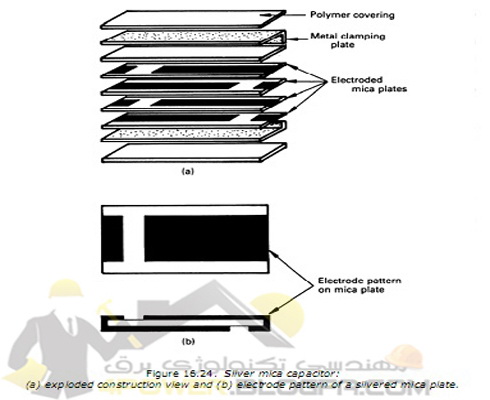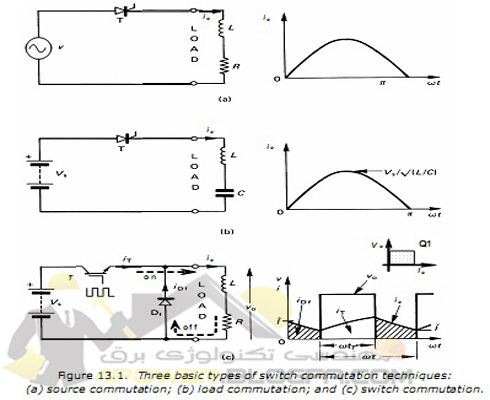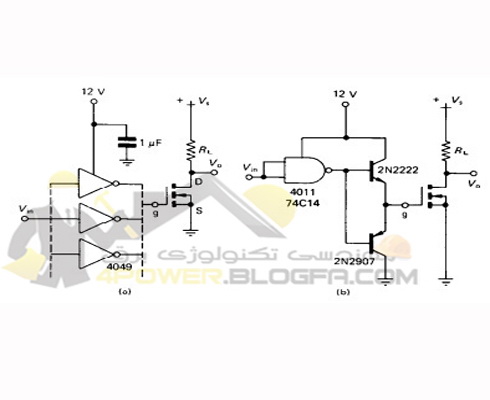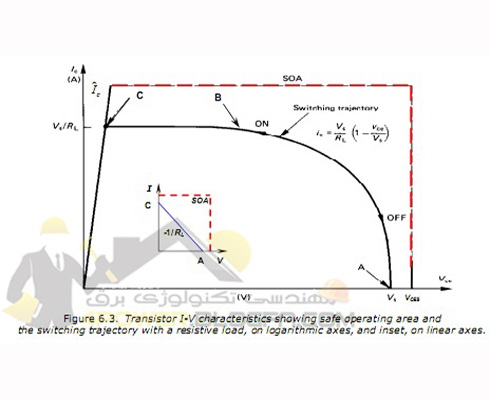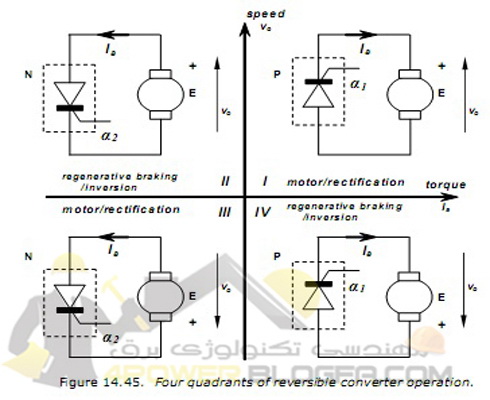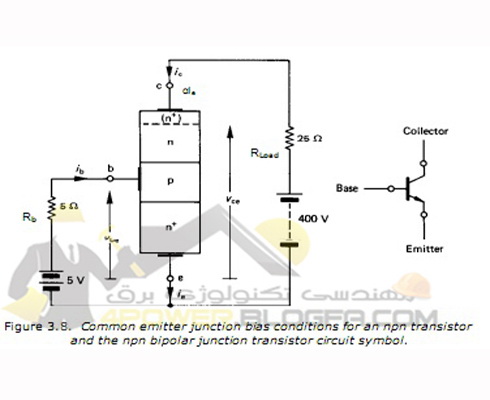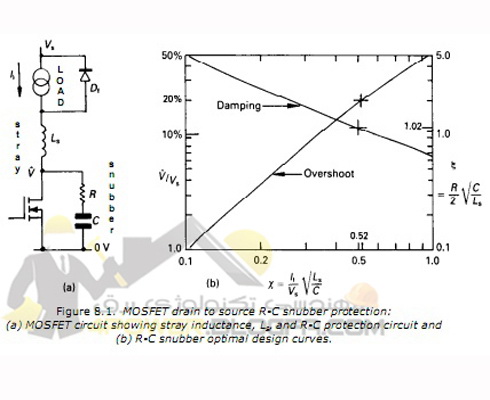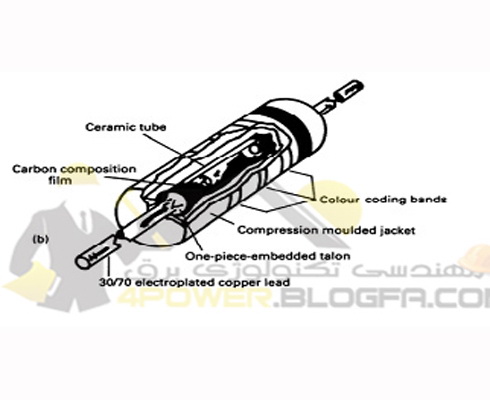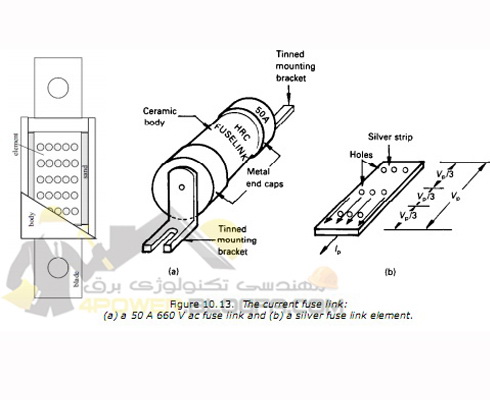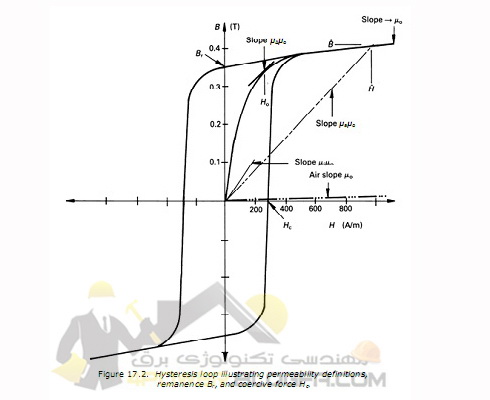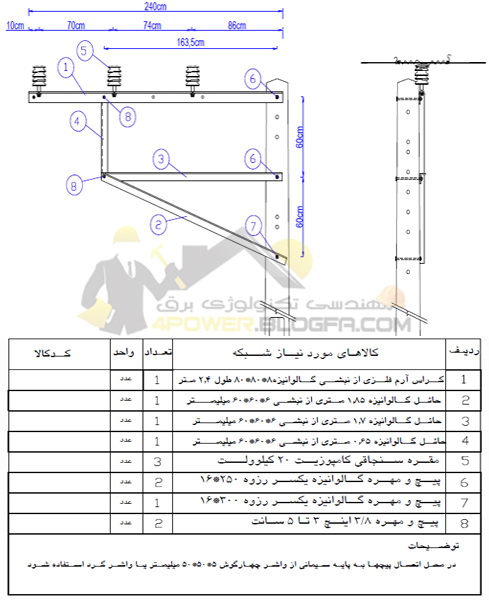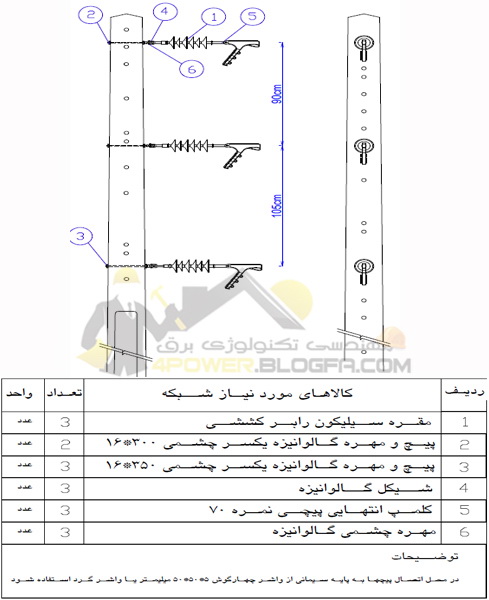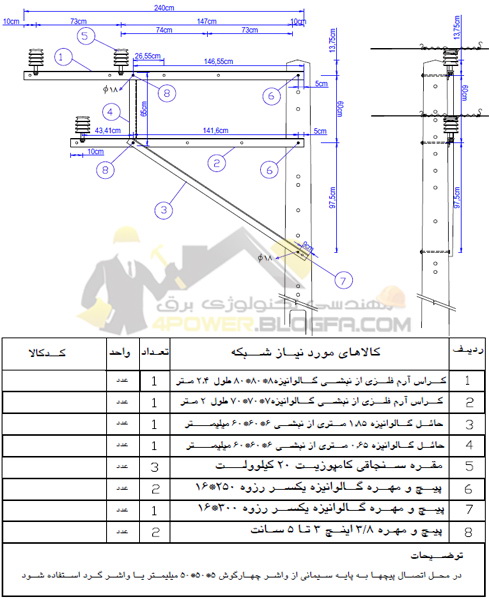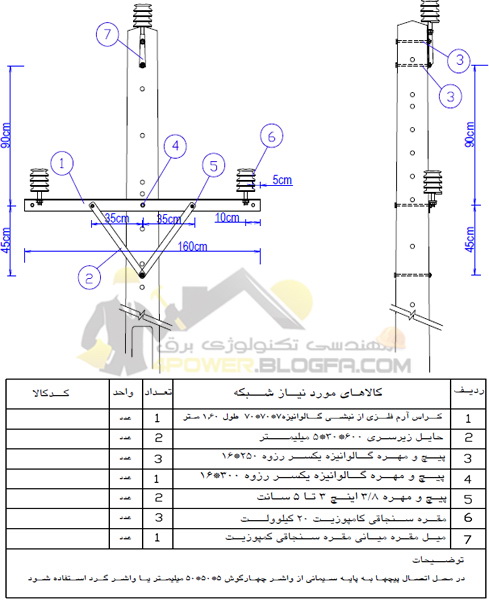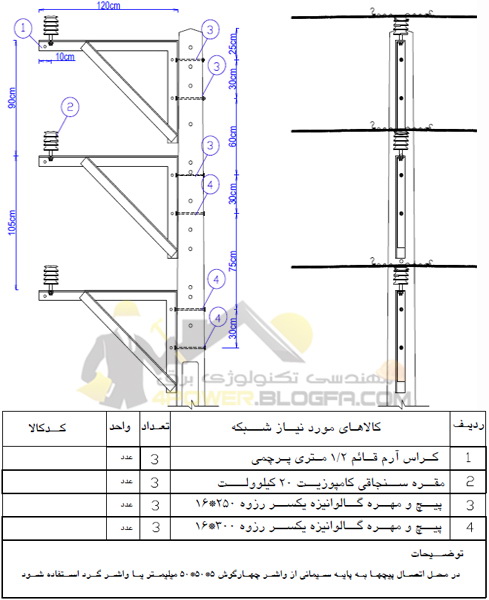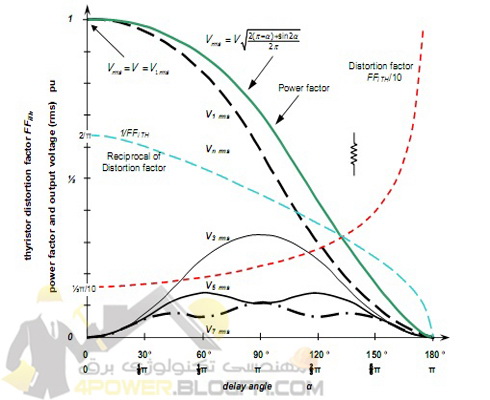
AC voltage regulators have a constant voltage ac supply input and incorporate semiconductor switches which vary the rms voltage impressed across the ac load. These regulators generally fall into the category of naturally commutating converters since their thyristor switches are naturally commutated by the alternating supply. This converter turn-off process is termed line commutation. The regulator output current, hence supply current, may be discontinuous or non-sinusoidal and as a consequence input power factor correction and harmonic reduction are usually necessary, particularly at low output voltage levels (relative to the input ac voltage magnitude). A feature of direction conversion of ac to ac is the absence of any intermediate energy stage, such as a capacitive dc link or energy storage inductor. Therefore ac to ac converters are potentially more efficient but usually involve a larger number of switching devices and output is lost if the input supply is temporarily lost. There are three basic ac regulator categories, depending on the relationship between the input supply frequency fs, which is usually assumed single frequency sinusoidal, possibly multi-phased, and the output frequency fo. Without the use of transformers (or boost inductors), the output voltage rms magnitude VOrms is less than or equal to the input voltage rms magnitude Vs , Vo rms ≤ Vs . • output frequency increased, fo > fs, for example, the matrix converter • output frequency decreased, fo < fs, for example, the cycloconverter • output frequency fundamental = supply frequency, fo = fs,for example, a phase controller.
پسورد : 4power
